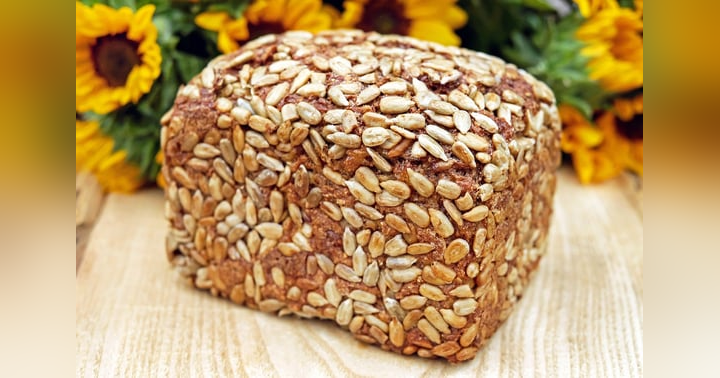Hashem's Candy (Shoftim)
Be honest, somewhere in your house there is a mysterious light switch that you have no idea what it connects to. Don’t worry, you are not alone. I am almost positive that every house that ever existed has one of these light switches that does not work and no one knows what in the world it connects to. For all you know, it is extremely possible that every time you turn that mysterious light switch on in your home, it is actually causing wind turbines to spin in central Indonesia, allowing the local village residents to have proper electricity. However, little do you know that every time you innocently flip the switch off in your home, you are causing these turbines to stop spinning, thus causing tremendous havoc in that village in central Indonesia.
Similar (but very different) to the mysterious unsolved light switch, the Torah at the end of Parshas Shoftim (21:1-9) discusses the case of the mysterious unsolved murder. If a corpse was found in Eretz Yisrael, and the body was located somewhere between two cities, the elders and judges would measure the distance between each city, and determine which city was in closer proximity to the dead person.
Whichever city was deemed closer, the elders of that city would need to carry out the process of עגלה ערופה. Essentially, they would take a heifer – a young female cow that has not given birth or pulled a yoke – to a strong stream and break its neck with an axe. The elders of the city would then say, “Our hands did not spill this blood. Please atone for Your people of Israel.”
Rabbeinu Bachaya offers a Midrashic approach to the subject of עגלה ערופה based on the Gemara in Sotah (46b). Why a stream? Why was the heifer taken to be killed by a strong stream of water? If you think about it, fruit and produce does not grow near a strong stream due to the intense pressure. Hashem said, “Let the yearling calf whose neck is broken serve as a symbol and have her neck broken in a place which will not produce any fruit (produce) in order to atone for the slain person whose life has been cut short and will no longer be able to produce fruit.”
And what fruit exactly will the slain person not be able to produce? As far as I remember, people don’t produce fruit. Unless it refers to the age-old mother’s warning for a kid not to swallow an apple pit, lest an apple tree grows in the stomach! Although, something tells me that is not actually true.
So, what fruit will the slain person not be able to produce? The Gemarah says: Mitzvos! That’s right, the fruit that is being referred to here are the commandments of the Torah. When someone murders someone else, the killer is depriving the victim of the opportunity to perform additional Mitzvos in his life.
Amidst the sorrow filled backdrop of a depressing and sad case of an unsolved murder, we are taught a lesson for life. Life is supposed to be filled with fruit: rich, vibrant, exotic, and healthy. By connecting to Hashem’s Torah and performing the Mitzvos, we are tapping in to the beauty of This World and allowing ourselves to experience the greatest opportunity of a life time.
To keep their kids off of unhealthy candy, parents will often say, “Eat fruit, it is Hashem’s candy.” The same is true with Mitzvos. The Mitzvos are Hashem’s candy and it is our delight to take pleasure in and indulge in a spiritually physical experience during our time on This World.
Have a holy Shabbos!








